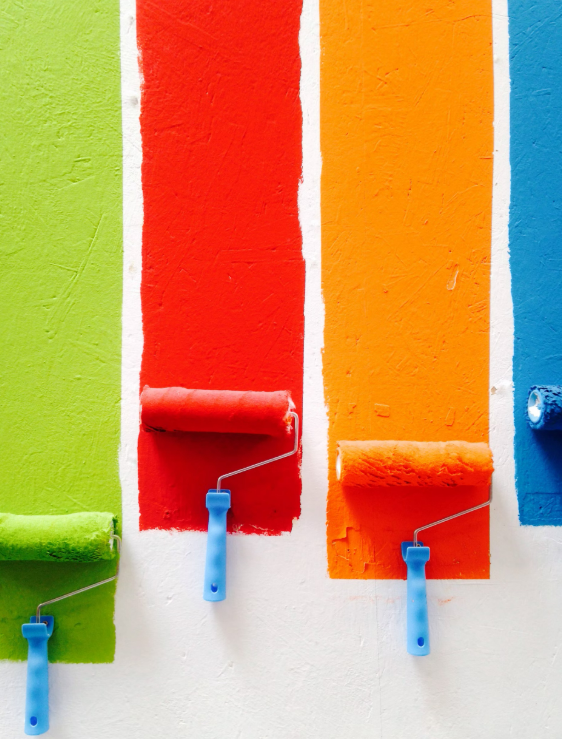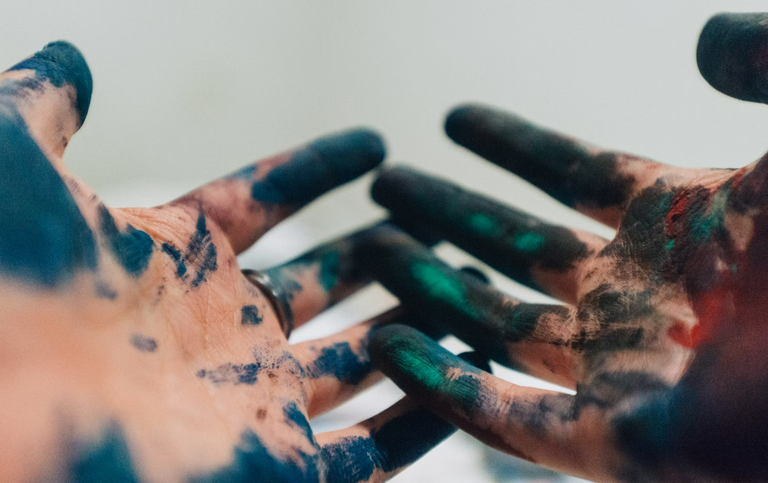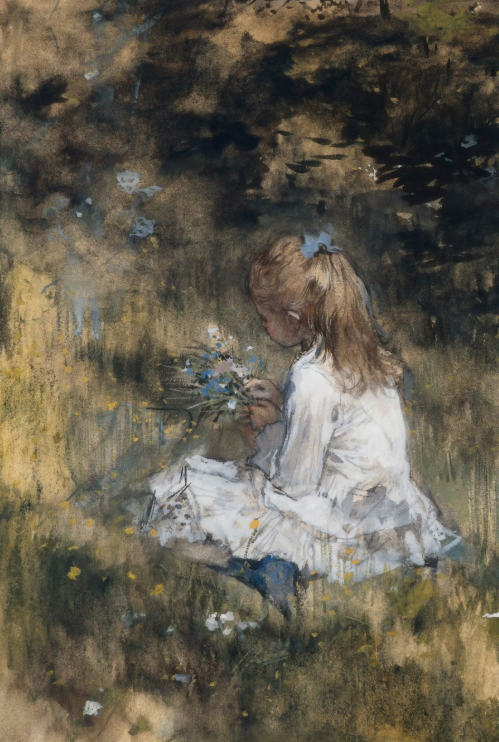Painting is a rewarding hobby that allows you to express your creativity and develop new skills. If you’re just starting, here’s a detailed guide to help you embark on this colorful journey:
1. Choose Your Medium
The first step is deciding which type of paint you’d like to use. Each medium has its pros and cons:
- Acrylic Paints: Fast-drying, versatile, and beginner-friendly. Perfect for experimenting.
- Watercolors: Transparent, fluid, and portable. Great for light, airy paintings.
- Oil Paints: Rich, vibrant colors with a longer drying time, allowing for blending. Requires patience and proper ventilation.
- Gouache: A more opaque version of watercolor, ideal for bold and flat designs.
2. Gather Your Supplies
Once you’ve chosen your medium, collect these essential materials:
- Paints: Start with a basic set of primary colors (red, yellow, blue) plus black and white.
- Brushes: Get a variety of shapes and sizes (e.g., round, flat, fan). Synthetic brushes are great for acrylics, while natural ones work well with oils or watercolors.
- Canvas or Paper: Acrylics and oils work well on canvas or boards, while watercolors require specialized paper.
- Palette: Use a plastic, glass, or disposable palette for mixing colors.
- Other Tools: Include a cup for water (for acrylics or watercolors), palette knives, rags, and easels.
3. Create a Workspace
Set up a comfortable, well-lit area to paint. Protect surfaces with drop cloths or newspapers. For oils, ensure good ventilation.
4. Learn the Basics of Color Theory
Understanding how colors interact is crucial. Learn about:
- Primary, Secondary, and Tertiary Colors: These form the basis of your palette.
- Color Mixing: Experiment with creating different shades and tones.
- Warm vs. Cool Colors: Warm colors (reds, yellows) are energetic, while cool colors (blues, greens) are calming.
5. Understand Brush Techniques
Practice using different brushes to create various strokes. For example:
- Flat Brushes: Good for broad strokes and edges.
- Round Brushes: Great for detail work and lines.
- Dry Brush Technique: Creates texture by using minimal paint on a dry brush.
- Blending: Use a soft brush or finger (with oils or acrylics) to smooth transitions between colors.
6. Start Simple
Begin with basic subjects like:
- Shapes and Patterns: Practice painting circles, squares, and patterns.
- Still Life: Paint everyday objects like fruit, flowers, or bottles.
- Landscapes: Experiment with skies, trees, and water.
Don’t worry about perfection—focus on learning and experimenting.
7. Watch Tutorials and Take Classes
Online platforms like YouTube, Skillshare, and Udemy offer countless beginner-friendly tutorials. Consider taking a local art class for hands-on guidance.
8. Practice Regularly
The more you paint, the better you’ll get. Dedicate time each week to practice and experiment with new techniques.
9. Experiment and Have Fun
Don’t limit yourself to traditional methods. Try:
- Sponging: Create textures using sponges.
- Splattering: Flick paint for dynamic effects.
- Layering: Build up details over time.
10. Seek Feedback and Stay Inspired
Share your work with friends, join art communities, or post online for constructive feedback. Visit galleries, read art books, and follow artists for inspiration.
11. Invest in Your Growth
As you progress, consider upgrading your tools and experimenting with advanced techniques like glazing or impasto. Attend workshops and art fairs to deepen your knowledge.
Final Thoughts
Starting your painting journey may seem daunting, but remember: every artist was once a beginner. Embrace mistakes, celebrate small victories, and enjoy the process. Over time, you'll develop your unique style and gain confidence in your abilities.


